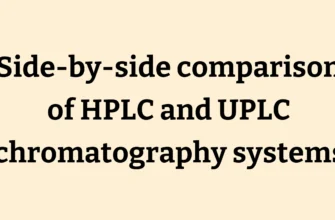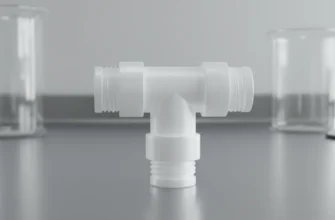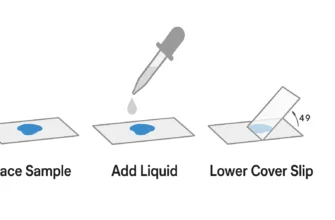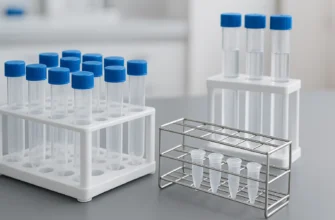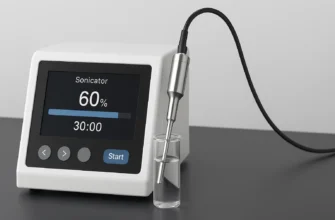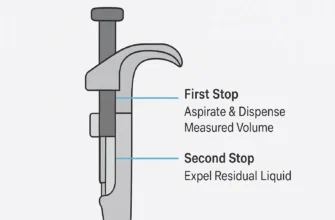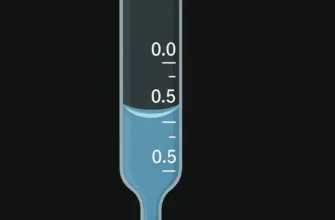The Cornerstone of Accurate Liquid Handling
A micropipette is a laboratory instrument designed for the precise liquid measurement and transfer of volumes typically in the microliter (µL) range. As a cornerstone of modern life sciences, it enables researchers to handle minute quantities of reagents with high accuracy, a non-negotiable for reproducible experiments. Whether in academic labs or large-scale industrial R&D, mastering micropipetting techniques is fundamental to success. The importance of this field is reflected in market trends, with North America holding a dominant 41.12% share of the liquid handling technology market in 2023, indicating robust activity in research and development.
Why Precision Matters: The Impact of Micropipetting on Experimental Integrity and Reproducibility
Inaccurate liquid handling can have cascading effects, leading to skewed data, failed experiments, and wasted resources. In fields like genomics, proteomics, and diagnostics, even a minuscule volume error can invalidate results. Precision ensures that each reaction contains the correct concentration of components, from enzymes in a PCR master mix to antibodies in an immunoassay. Reproducibility, the ability for another researcher to achieve the same results, hinges on meticulous and accurate pipetting applications. Without it, scientific findings cannot be validated, hindering progress and collaboration across the Biomedical Sciences.
Dissecting the Micropipette: Anatomy, Types, and Brands
Exploring Micropipette Types for Every Lab Need
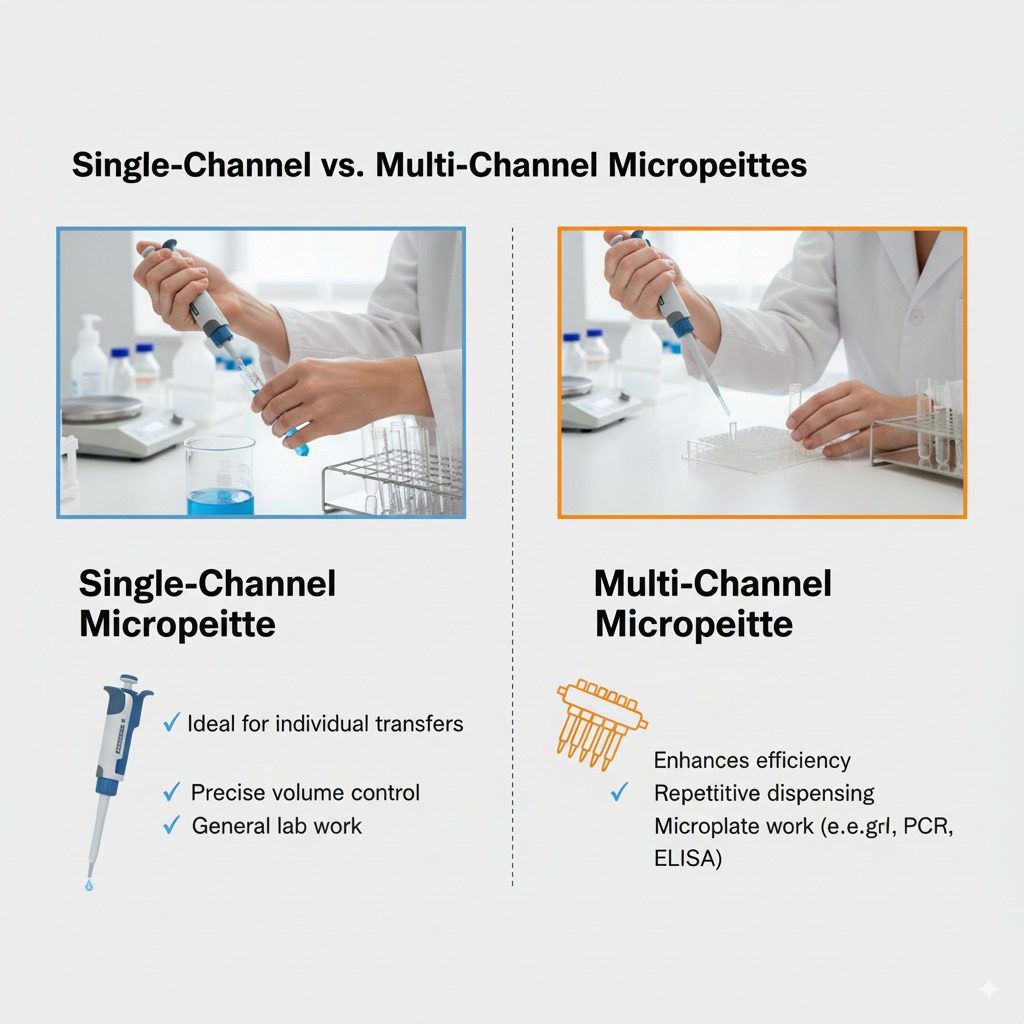
Single-channel vs. Multi-channel Micropipettes: Single-channel pipettes are ideal for individual transfers, while multi-channel pipettes enhance efficiency for repetitive dispensing, such as filling microplates.
Micropipettes are broadly categorized by their operating mechanism and channel count. The most common are air displacement pipettes, which use a piston to create a vacuum to aspirate liquid. Positive displacement pipettes, which have a piston in direct contact with the liquid, are better suited for highly viscous or volatile liquids.
The primary distinction for lab workflow is between single-channel micropipettes and multi-channel micropipettes. Single-channel models are workhorses for individual transfers, while multi-channel versions (typically with 8 or 12 channels) dramatically increase throughput for tasks involving microplates, such as ELISA or high-throughput screening. The broader liquid handling systems market, which includes these instruments, was valued at USD 3.99 billion in 2024 and is projected to grow, highlighting the increasing demand for both manual and automated solutions.
Leading Micropipette Brands and Their Innovations (e.g., Eppendorf, Gilson, Rainin, MICROLIT, MICROLIT RBO, SCILOGEX, NERO, LfTS Fit)
Several brands are synonymous with quality and innovation in the micropipette space. Eppendorf is renowned for its ergonomic designs and precision engineering. Gilson’s PIPETMAN is an industry icon, trusted for its durability. Rainin offers advanced ergonomic features and LTS (LiteTouch System) technology for reduced tip mounting and ejection forces.
Emerging and established brands like MICROLIT continue to innovate, with product lines such as the MICROLIT RBO series focusing on user experience, accuracy, and robust design with features like unique calibration mechanisms. Other notable names include SCILOGEX and NERO, which provide reliable performance. Ultimately, the best brand depends on specific lab needs, budget, and desired features, but a focus on build quality, reliable piston springs, and adherence to technical specifications is paramount.
The Critical Role of Micropipette Tips: Beyond Simple Plastic
Fundamental Design and Material Science of Pipette Tips (e.g., polypropylene, disposable tip)
A micropipette is only as accurate as the disposable tip attached to it. These tips form the crucial seal with the pipette barrel, ensuring that the air displacement mechanism functions correctly. The vast majority of pipette tips are made from high-purity, virgin polypropylene. This polymer is chosen for its chemical resistance, durability, and low-binding properties, which prevent molecules from adhering to the tip’s inner surface. A poor fit or low-quality plastic can lead to leaks, inaccurate aspiration, and contamination, completely undermining an experiment.
A Deeper Dive into Pipette Tip Technologies and Specialized Features
Modern pipette tips are engineered with specialized features to address specific scientific challenges. Filtered tips (or Filter Pipette Tips) contain a hydrophobic barrier that prevents aerosols and liquid from entering the pipette barrel, which is essential for preventing cross-contamination and protecting the instrument, especially in PCR and work with infectious agents or human DNA. Sterile tips are guaranteed free of viable microorganisms, while tips certified as Pyrogen free and free of DNase/RNase and PCR inhibitors are critical for sensitive molecular biology applications. Low-retention tips feature a super-hydrophobic internal surface, ensuring maximum sample recovery when working with detergents or viscous liquids.
Packaging and Rack Design for Efficiency and Sterility (e.g., rack, Made-to-measure racks, Color, Case Qty)
The way tips are packaged significantly impacts workflow and sterility. Racked tips offer convenience and are essential for use with multi-channel micropipettes. These racks are often color-coded to correspond with specific pipette volume ranges, reducing the risk of error. High-quality, made-to-measure racks ensure tips are held securely, preventing them from falling over and facilitating easy mounting. For applications where sterility is less critical, tips can be purchased in bulk bags to reduce cost and plastic waste. The case quantity and packaging format should be chosen based on consumption rate, storage space, and the specific sterility requirements of the lab’s pipetting applications.
Mastering Liquid Handling: Techniques for Accuracy and Precision
Fundamental Pipetting Techniques (e.g., air displacement principles, liquid handling, liquid measurement, liquid transfer)
Proper technique is as vital as high-quality equipment for accurate liquid handling. The two most fundamental micropipetting techniques are Forward and Reverse Pipetting.
Forward Pipetting is the standard technique for aqueous solutions.
- Depress the plunger to the first stop.
- Immerse the tip just below the liquid surface.
- Slowly and smoothly release the plunger to aspirate the liquid.
- To dispense, press the plunger to the first stop, then to the second (blowout) stop to expel any remaining liquid.
This method is ideal for most routine liquid transfer and liquid measurement tasks.
Advanced Techniques for Challenging Liquids and Volumes (e.g., viscous liquids, volatile solutions, dispensing small volumes)
Reverse Pipetting is the preferred method for viscous liquids (like glycerol), solutions prone to foaming, or volatile solvents.
- Depress the plunger all the way to the second stop.
- Immerse the tip and release the plunger slowly to aspirate. This draws in more liquid than the set volume.
- To dispense, press the plunger smoothly to the first stop only.
- A small amount of liquid will remain in the tip, which should be discarded appropriately.
This technique minimizes the effects of surface tension and vapor pressure, leading to more accurate dispensing of challenging samples.
Common Pipetting Errors and How to Avoid Them (e.g., incorrect immersion depth, tip wetting, speed, temperature variations)
Several common errors can compromise accuracy.
- Incorrect Immersion Depth: Immersing the tip too deep can cause excess liquid to cling to the outside, while too shallow an immersion risks aspirating air. The ideal depth is 2-5 mm, depending on the volume.
- Rapid Aspiration/Dispensing: Pipetting too quickly can cause air bubbles, splashing, and inaccurate volumes, especially with viscous liquids. Always operate the plunger smoothly and consistently.
- Angle: Hold the pipette as close to vertical as possible (not exceeding a 20-degree angle) to ensure accuracy.
- Tip Pre-Wetting: Aspirate and dispense the liquid back into the source container 2-3 times before taking the final measurement. This coats the inside of the tip, normalizing for any liquid that would otherwise be retained.
Maintaining Sterility and Preventing Cross-Contamination During Pipetting (e.g., sterile tips, biohazard, chemical hazard, sterilization method)
In many Biomedical Sciences applications, preventing contamination is paramount. Always use sterile tips, and for aerosol-generating procedures, Filter Tips are a must. Work in a laminar flow hood for cell culture or other sensitive assays. Change the disposable tip after every sample to prevent carry-over. When working with biohazards or harsh chemicals, follow all institutional safety protocols and use appropriate personal protective equipment.
Application-Specific Pipetting: Tailoring Tools to Tasks
Cell Culture and Microbiology Best Practices
Aseptic technique is non-negotiable in cell culture and microbiology. Always use pre-sterilized, individually wrapped serological pipettes for larger volumes and sterile, filtered micropipette tips for smaller volumes. When working with petri dishes or multi-well plates, avoid touching the tip to any surface other than the intended liquid to maintain sterility. Change tips between different cell lines or treatments to prevent cross-contamination.
Biochemical Assays and Diagnostics
Accuracy is key in biochemical assays like ELISAs and other immunoassays where precise antibody and substrate concentrations directly impact signal detection. Multi-channel micropipettes are indispensable for these applications, allowing for the simultaneous and consistent processing of multiple wells. Using low-retention tips can be beneficial when working with expensive antibodies or enzymes to ensure minimal sample is lost.
Precision for Ultra-Small Volume Dispensing
Working with 384-well plates and dispensing sub-microliter volumes demands the highest level of precision. This requires specialized micropipettes with fine volume adjustments and tips designed for small apertures. Reverse pipetting is often recommended for these tiny volumes to overcome surface tension effects and ensure the full droplet is dispensed accurately into the well.
Considerations for Classroom and Training Labs
In educational settings, durability and ease of use are key considerations. Robustly built micropipettes that can withstand frequent use by trainees are ideal. Color-coded pipettes and tips help students quickly identify the correct volume ranges. Proper training on technique is critical, as data shows that participation in a training program significantly improves pipetting trueness and accuracy, as highlighted by research from 2025.
Ensuring Peak Performance: Calibration, Maintenance, and Quality Control
The Imperative of Calibration: Why and How Often
Pipette Calibration is the process of verifying that a pipette dispenses the volume it is set to. Over time, due to wear on piston springs and seals, accuracy can drift. Regular calibration, typically on an annual or semi-annual basis, is crucial for maintaining data integrity and complying with quality standards like ISO 8655. This is especially important given that pipette operation errors contribute significantly to experimental failures; a 2023 survey reported that 73% of such errors are due to non-compliance with operating specifications.
Regular Maintenance and Cleaning Protocols
Routine maintenance can extend a pipette’s life and ensure consistent performance. Before each use, visually inspect the pipette for damage. Clean the exterior with 70% ethanol. Periodically, disassemble the lower part of the pipette (as per manufacturer instructions) to inspect and clean the piston and seals. Many pipettes are partially or fully autoclavable, but always check the manual to confirm the correct procedure.
Proper Storage and Handling of Micropipettes and Tips
When not in use, micropipettes should always be stored upright on a stand. This prevents liquid residue from running into the internal mechanism. Set the volume to the highest setting in its range to release tension on the spring, which can prolong its life. Pipette tips should be stored in a clean, dry place, with racked sterile tips kept closed to maintain their sterility.
Understanding Quality Certifications
Look for quality certifications to ensure your instruments and consumables meet rigorous standards. ISO 9001 indicates that the manufacturer adheres to a quality management system. CE marking signifies conformity with health, safety, and environmental protection standards for products sold within the European Economic Area. Certifications like cTUVus demonstrate compliance with North American safety standards. For tips, certifications of being RNase/DNase/Pyrogen-free provide confidence for sensitive molecular work.
Ergonomics and User Experience: Pipetting with Comfort and Confidence
The Impact of Pipette Design on User Health and Accuracy
A scientist may perform hundreds or thousands of pipetting motions in a single day. A poorly designed pipette can lead to fatigue and discomfort, which not only impacts the user’s health but can also degrade their accuracy over a long session. Key ergonomic features include a low-weight design, a comfortable finger hook, and low plunger forces for aspiration and dispensing. The overall user experience is enhanced by intuitive volume adjustment and a clear display.
Reducing Repetitive Strain Injuries (RSI) in the Lab
Repetitive Strain Injury (RSI) is a significant occupational hazard for lab personnel. To minimize risk, choose lightweight, ergonomic pipettes. Some models feature technologies like spring-loaded tip cones that reduce mounting force or electronic mechanisms for tip ejection to reduce thumb strain. Taking regular breaks, stretching, and ensuring your workbench is at an appropriate height are also crucial preventative measures.
Conclusion
Mastering the use of micropipettes and selecting the appropriate tips are fundamental skills that underpin the reliability and reproducibility of scientific research. This guide has traversed the critical landscape of liquid handling, from understanding the core mechanics of single-channel and multi-channel micropipettes to appreciating the nuanced technology embedded in a simple disposable tip. We have explored how specialized features like filtered and sterile tips are vital for preventing contamination from PCR inhibitors and protecting sample integrity, and how advanced pipetting techniques like Reverse Pipetting are essential for handling challenging viscous liquids.
The key takeaways are clear: accuracy is a holistic pursuit. It is achieved through a synergistic combination of high-quality, well-maintained instruments, the strategic selection of application-specific tips, and the diligent application of proper technique. Regular Pipette Calibration is not an optional task but a mandatory check to ensure performance aligns with technical specifications. Furthermore, prioritizing user experience and ergonomics is crucial for both long-term health and sustained precision.
To implement these insights, start by evaluating your current lab protocols. Do you have a consistent calibration schedule? Are you using the correct pipetting technique for your specific liquids? Is your team equipped with the right tips for sensitive applications like molecular biology? By methodically addressing these questions, you can significantly enhance experimental accuracy, improve workflow efficiency, and build greater confidence in your results, ultimately contributing to more robust and reliable scientific outcomes.


